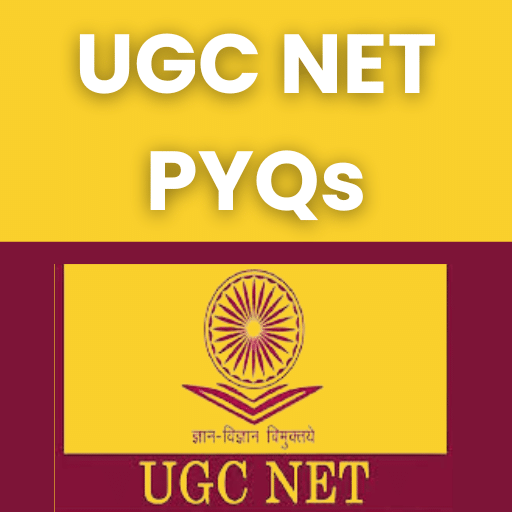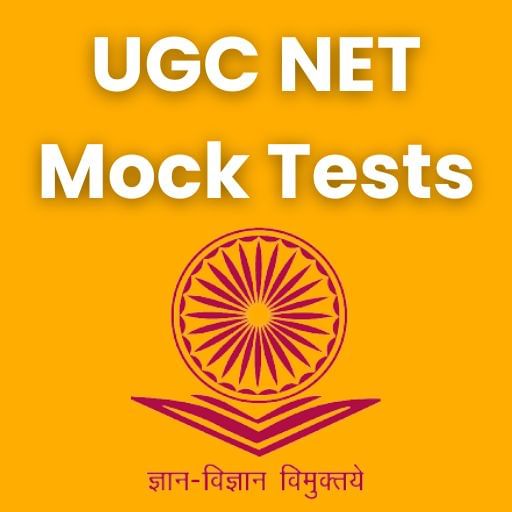The comet I Summary Class 8 English (It so Happened) Chapter 9
Summary :
Duttada was not a scientist or astronomer. But star-gazing was his pastime. He used to spend long nights studying the stars. His one ambition in life was to discover a new comet. He longed for enough money to buy a good telescope and also free time to study the stars. He got them both after retirement. He bought an eight-inch telescope to fulfil his secret ambition. He knew that comets come from the solar system. Like other planets they too go round the sun. But their movement is unusual. They could disappear for ages.
Indrani Debi, his wife, cursed the telescope. She called it Dibya or Dibya Chakshu
i. e. Divine Eye. She thought that the telescope was another woman who had trapped her husband. It made him careless about his own well-being and the practical problems of living. He did not take precautions against cold.
The professional astronomers used big telescopes. Duttada’s eight-inch Dibya stood very little chance of spotting a new comet. Still Duttada was hopeful. He knew that the great scientists looked chiefly at faint stars. They missed such an insignificant thing as comet.
One night Duttada noticed a new comet. Two days later the news appeared in the paper that a Calcutta man Manoj Dutta had seen a comet and it was reported at Indian Institute of Astrophysics. This comet was heading towards the earth, and it would be seen with naked eyes in the next few months. It was named ‘Comet Dutta. He became famous, a celebrity.
There were felicitations for Duttada. But he didn’t like functions organised in his honour. He wished he had not discovered the new comet. His wife agreed but for a different reason. She was highly educated, still supertitious. She feared that comets brought ill-luck and calamities on the earth.
At Cambridge University, Dr James Forsyth got a message to see John Macpherson, Defence Science Advisor to the British Government. Sir John handed him an article which James had written and sent for publication to Nature’. It was very important because James had forewarned that Comet Dutta would hit the Earth and destroy it.
The collision could be avoided if it got broken into pieces while coming near the sun or it might collide with some other comet. The tragedy could occur in just ten months.
It was decided to call an urgent meeting of experts to find out ways to save the Earth. They had to do something to push the deadly comet out of the way.
FAQs on The comet I Summary Class 8 English (It so Happened) Chapter 9
| 1. What is a comet? |  |
| 2. How are comets formed? |  |
| 3. What causes a comet's tail? |  |
| 4. Can comets collide with Earth? |  |
| 5. How do scientists study comets? |  |




















